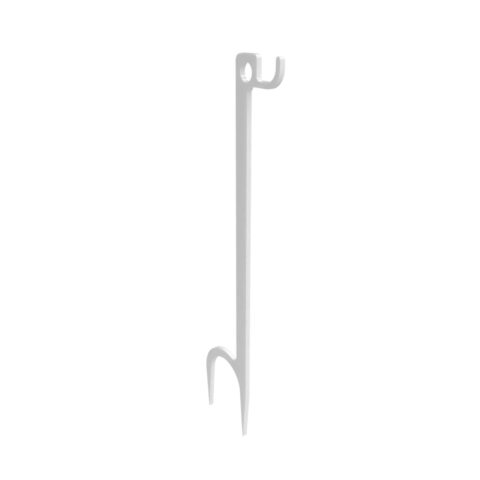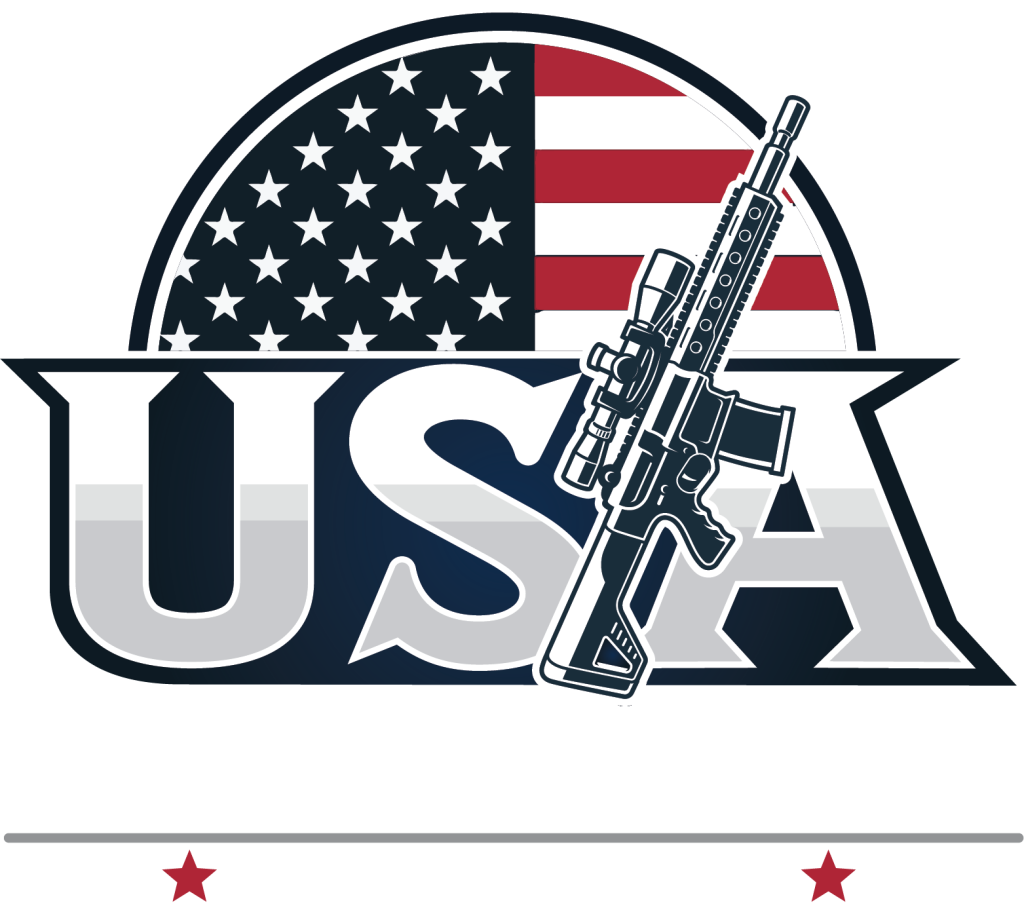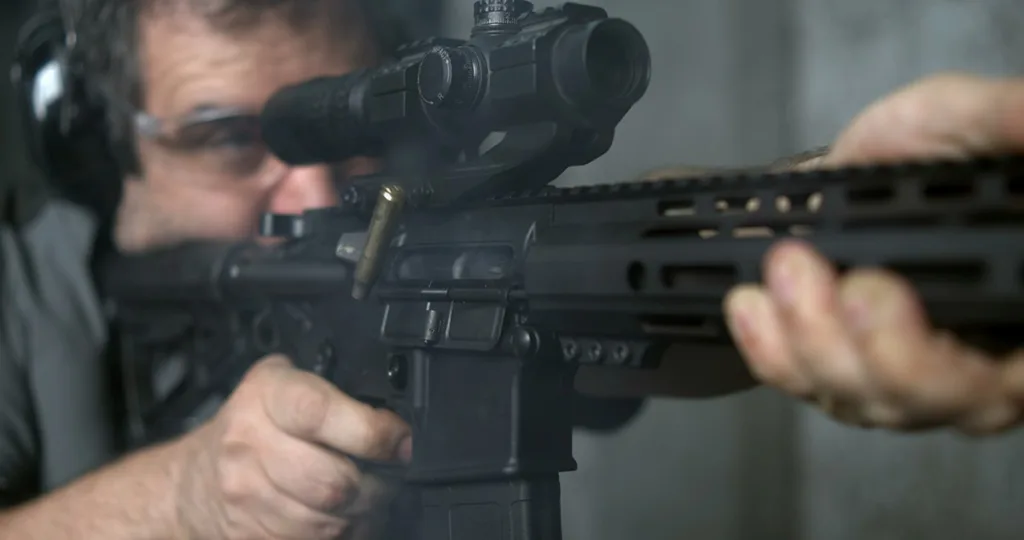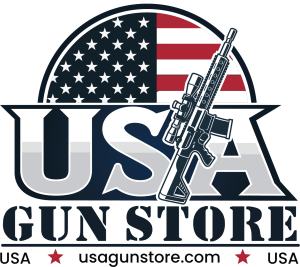In the world of AR-15 upgrades, bolt carrier group (BCG) coatings stand out as a sometimes hard choice for any shooter looking to upgrade. With a variety of finishes, each bringing its own set of benefits to the table, it’s essential to understand what’s out there to make the best decision for your firearm.
Starting with the old faithful, the phosphate coating, we’ve got a classic choice known for its ruggedness and ability to hang onto oil like a lifeline. This is the go-to for many due to its storied use in military applications. But it’s not without its drawbacks – think of it as that reliable old truck that needs a bit more TLC; it demands consistent lubrication and can attract grime due to its rougher texture.
On the flip side, we dive into the sleeker, more modern options like Nitride or QPQ (Quench-Polish-Quench). These finishes kick it up a notch in terms of natural lubricity and wear resistance, meaning you’re not chained to your oil can. They’re easier to clean and maintain, though they might not hold onto oil quite as stubbornly as phosphate does.
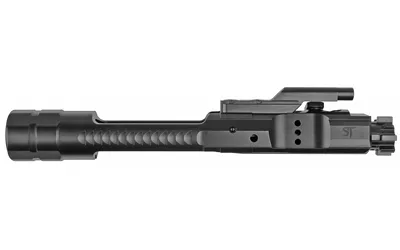
Then there’s Nickel Boron (NiB). This coating is the smooth operator, drastically reducing the need for constant lubrication and making clean-up a breeze. It’s got a certain flair with its shiny, almost chrome-like appearance. Yet, no coating is perfect – NiB can see some tarnish and might face durability questions under extreme use.
However, its cousins, NiBX and NP3, step up to address these concerns, offering improved longevity and corrosion resistance, albeit at a higher price point.
Let’s not forget about Titanium Nitride (TiN), with its unmistakable golden sheen. Beyond aesthetics, TiN brings to the table superior hardness and lubricity, ensuring your BCG runs smoothly under pressure. It’s a bit pricier, sure, but for those valuing performance combined with a unique look, it’s a compelling choice.
Diamond-Like Carbon (DLC) coatings are where things get top-tier. This option is for the shooter who demands the best in terms of durability and smooth operation. With a hard, slick surface, DLC-coated BCGs handle wear and tear like a champ and keep maintenance to a minimum. Yes, it’s a pricier route, but for high-demand situations, it’s often worth the investment.

Chrome coatings play a bit of a different role; they’re more traditional, offering solid corrosion resistance and a smoother operation than uncoated or phosphate-coated BCGs. While not the top choice for every shooter due to their less common use as full BCG coatings, they hold their own in terms of performance, especially inside the barrel.
Now, while not the mainstay for BCGs, coatings like Cerakote offer a splash of customization with their wide color range. They’re not the first pick for internal workings due to potential thickness issues, but for those looking to match their BCG to their rifle’s aesthetic, it’s a route worth considering.
Starting with the big names we’ve covered, like Phosphate, Nitride/QPQ, Nickel Boron, and the like, we’ve seen how each coating serves its purpose, from rugged durability to sleek lubricity. But the world of BCG coatings doesn’t end there.
For those looking to step outside the conventional, niche coatings offer unique properties and aesthetics for a truly customized experience.
IonBond Flat Dark Earth (FDE) is a standout in the niche category, bringing more than just a new color to the table. IonBond coatings are known for their molecular bonding process, which results in exceptional wear resistance and corrosion protection.
The FDE variant not only provides a distinctive look that can match or accent your rifle’s color scheme but also maintains the high-performance standards of IonBond’s coating technology. It’s particularly appealing for shooters looking to maintain a theme or camouflage while ensuring their BCG remains protected against harsh conditions.
PVD (Physical Vapor Deposition) Mystics coatings, on the other hand, bring a touch of the exotic to BCG finishes. PVD is a state-of-the-art process that vaporizes a number of materials into a high-performance coating.
“Mystics” refers to a range of color options available through this process, from deep blues and purples to vibrant greens and reds. Beyond the visual appeal, PVD coatings are hard, wear-resistant, and provide excellent corrosion resistance. They’re ideal for shooters who want their AR-15 to stand out from the crowd, not just in color but in performance.
Newer to the scene are coatings like NP3, an electroless nickel-based finish infused with PTFE (Teflon), which results in an ultra-slick surface. NP3 offers remarkable corrosion and wear resistance, and its self-lubricating properties reduce the need for regular maintenance. It’s a top-tier choice for those who demand the best in both functionality and ease of maintenance. Plus, its unique, silver-gray appearance adds a modern touch to any firearm.
Another specialized option is AlTiN (Aluminum Titanium Nitride), a coating that excels in high-temperature and high-pressure environments. While more commonly seen in industrial and tool applications, AlTiN can provide extreme surface hardness and thermal resistance to a BCG, making it suitable for high-rate or suppressed fire situations where heat buildup is a concern.
Lastly, let’s throw one on the table that might be a future option, Boron Carbide (B4C). B4C is one of the hardest materials known and used in various industrial and military applications for its incredible hardness and wear resistance. Though less common due to its cost and specialized application process, a BCG coated with Boron Carbide would theoretically offer unparalleled durability and resistance to physical and thermal shock, making it an intriguing, if premium, choice for the most demanding users.
Whether you’re after durability, ease of maintenance, heat resistance, or simply a unique look, there’s a coating out there to meet your needs. The key is to weigh your specific requirements, usage patterns, and aesthetic preferences against the features of each coating to find the perfect match for your AR-15.
See Many Styles Here
Lucas Applicator Bottle – 1 oz.
Lucas Applicator Bottle - 1 oz.
Birchwood Casey single Hook Steel Target Hanger Ground Stake –
Birchwood Casey single Hook Steel Target Hanger Ground Stake - White